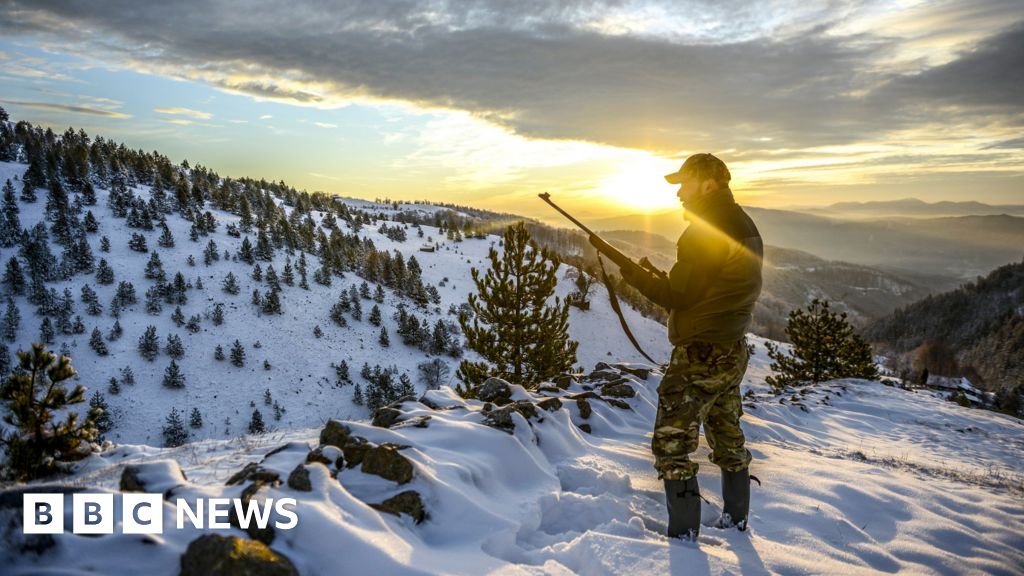An interesting reflection and outlook.
Interesting South Dakota waterfowl hunter #'s in just 6 years.

 www.bbc.com
www.bbc.com
Interesting South Dakota waterfowl hunter #'s in just 6 years.

Are US hunters becoming an endangered species? - BBC News
Fewer Americans hunt now, partly due to growing urbanisation, leading some advocates to fear it's dying out.




